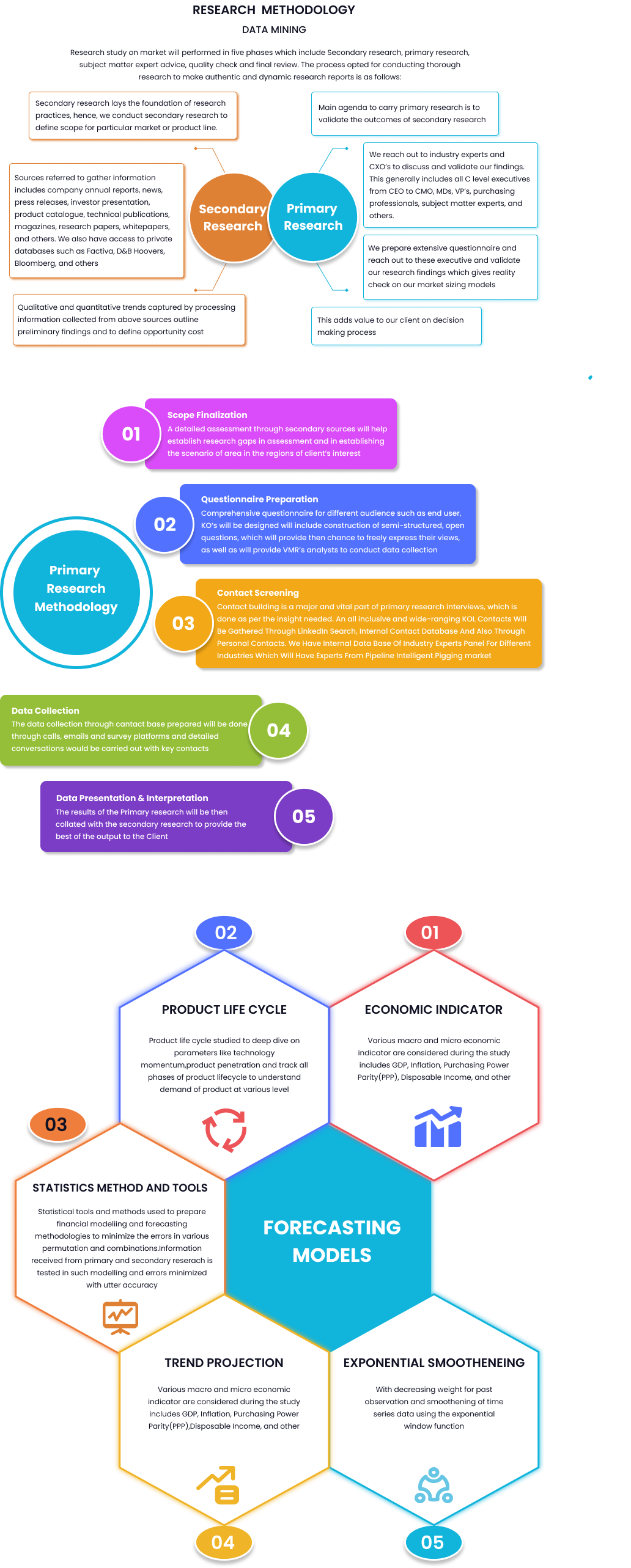
Global Fire Protection Equipment Market By Type (Extinguisher, Fire Hydrant, Respirator, Other), By Application (Municipal Fire Service, Industrial, Commercial, Residential, Other), By Region, And Seg...
Report Id: 44232 | Published Date: Jul 2024 | No. of Pages: 5 | Base Year for Estimate: Jul 2024 | Format:
Market Overview:
The Fire Protection Equipment Market encompasses a range of products intended to identify, manage and put out fires in residential, commercial, industrial and institutional settings are included in the market. These products consist of fire suppression systems like sprinklers, fire extinguishers, fire alarms, smoke detectors and other fire-resistant materials.
The global fire protection equipment market is valued at 71.5 billion in 2024 and is projected to reach USD 97.3 billion by 2030, growing at a CAGR of 6.4% from 2024-2030. The market is anticipated to be significantly impacted by rising building infrastructure development activities as well as rising awareness about fire hazards. Factors such as the easy availability of technologically advanced equipment and advanced network capabilities that aid in the communication between fire detection and fire suppression or solution are also expected to fuel this mature market.
Premium Insights:
The advancement of sensor technologies and the subsequent launch of smart wireless systems have led to the increased use of electrical components in fire safety devices. These improved devices react faster to emergencies and have increased sensitivity. They are also quite expensive as they are manufactured with high precision and enhanced materials.
To lower the number of fatalities, organisations all over the world are investing more money in the safety and security of infrastructure.
Global Fire Protection Equipment Market Dynamics:
Drivers: Stringent regulations, urbanization & infrastructure boom and technological and advancements & integration with IoT.
-Governments worldwide are implementing stricter building codes and fire safety regulations. This necessitates the installation and maintenance of fire protection equipment in various structures, creating demand in the market.
-Rapid urbanization and the construction of high-rise buildings, shopping malls, and industrial facilities lead to an increased need for comprehensive fire protection solutions.
-Advancements in wireless technology and the Internet of Things (IoT) are leading to the development of smart fire protection systems. These systems offer real-time monitoring,
remote control, and improved fire detection capabilities.
Restraints: Skilled workforce shortage, stringent regulations and approval process and competition from low-cost, low-quality products.
-Proper installation, inspection, and maintenance of fire protection equipment are critical for its effectiveness. A shortage of skilled technicians can hinder the market's growth in some regions.
-Meeting stringent regulatory requirements and obtaining approvals for new fire protection technologies can be a lengthy and complex process, potentially slowing down market adoption.
-The presence of low-cost, low-quality fire protection equipment, especially in some developing markets, can pose a safety risk and create unfair competition for reputable manufacturers.
Opportunities: Expansion into niche markets, focus on sustainability and emphasis on public awareness campaigns.
-Developing specialized fire protection solutions for specific industries like healthcare, data centres, or oil and gas can cater to their unique fire risks and open up new market opportunities.
-Developing fire protection solutions with sustainable materials and promoting green certifications can attract environmentally conscious customers and differentiate offerings in the market.
-Public awareness campaigns and educational programs can promote the importance of fire safety and encourage investment in fire protection equipment, leading to a larger market potential.
Market By Fire Protection Equipment Type Insights:
Based on type, the market can be segmented into Active and Passive Types. Active fire protection systems are expected to hold a dominant share in 2024. Active systems offer a more immediate response to a fire outbreak, potentially minimising damage and saving lives. Stringent fire safety regulations in many countries often mandate the installation of active fire protection systems in buildings and technological advancements in areas like automatic fire sprinklers and suppression systems are enhancing their effectiveness along with driving market growth.
Based on product type, the market can be segmented into fire suppression, sprinklers, detection, analysis and response. Fire alarm and detection systems are the leading product segment within active fire protection in 2024. This dominance can be attributed to advancements in smoke and heat detectors, coupled with the wider adoption of interconnected systems that contribute to their dominance.
Based on service, the market can be divided into Engineering services, installation & design services, maintenance services, managed services and other such services. Installations have been leading the market for the past few years as proper installation and design of fire protection equipment is essential for optimal functionality and ensuring compliance with regulations. The growing complexity of fire protection systems has been creating demand for these services.
Market By End-Use Insights:
Based on end-use, the industrial sector holds a major share of the market as industrial facilities soften handle hazardous materials and processes, making them highly susceptible to fires. Strict safety regulations and the potential for significant financial losses due to fire damage have been driving the demand for robust fire protection systems in industrial settings.
Market By Region Insights:
Based on regional coverage, the market can be segmented into North America, Europe, and Asia-Pacific. North America led the market in 2023 with over 38% market share, driven by rapid commercial and industrial development in the US and Canada. Strict fire safety regulations, such as the U.S Fire Code growing concerns about fire safety and security, along with quick adoption of advanced technologies are propelling regional growth.
Competitive Scenario:
Major players in the region include Siemens AG, Honeywell International Inc.
United Technologies Corporation., Schneider Electric SE, Johnson Controls International PLC, Robert Bosch GmbH, Tyco International Ltd., Eaton Corporation PLC, Securiton GmbH & Co. KG and Carrier.
Scope of Work-Global Fire Protection Equipment Market
Key Market Developments:
December 2021- Honeywell International Inc. announced its acquisition of US Digital Designs which is a leading alerting and dispatch communications service provider
December 2023- Siemens through its smart infrastructure segment has enhanced its fire safety capabilities by introducing new applications and an API. This development aims to boost transparency, reduce incident response times and improve maintenance processes for service providers within the digital building platform leading to an enhanced user experience, increased performance and improved sustainability as part of Siemens Xcelerator.
June 2023-Kidde, the brand Carrier did an expansion of its HomeSafe line with three new devices, enhancing its integrated home health and safety product range.
Frequently Asked Questions:
What factors are driving the growth of the fire protection equipment market?
Ans. Major market drivers include stringent regulations, urbanization & infrastructure boom and technological and advancements & integration with IoT.
What are the major challenges in the fire protection equipment market?
Ans. Major challenges include skilled workforce shortage, stringent regulations and approval processes and competition from low-cost, low-quality products.
Who are the key players in the market?
Ans. Key players operating the market are Siemens AG, Honeywell International Inc.
United Technologies Corporation., Schneider Electric SE, Johnson Controls International PLC, Robert Bosch GmbH, Tyco International Ltd., Eaton Corporation PLC, Securiton GmbH & Co. KG and Carrier.
What opportunities exist in the market?
Ans. Opportunities include expansion into niche markets, focus on sustainability and emphasis on public awareness campaigns.

Speak with an analyst to get exclusive insights tailored to your needs
.png)
